|
Getting your Trinity Audio player ready...
|
COSCO pledges stable transpac coverage as US fee regime nears
With less than four weeks before the United States imposes new port fees targeting China-linked vessels, COSCO Shipping Lines, the world’s fourth largest container carrier, has moved to reassure customers that its transpacific sea freight services will remain stable despite the looming cost pressures.
COSCO Promises Service Stability
In a client advisory, Beijing-headquartered COSCO acknowledged that the upcoming US Trade Representative (USTR) fee regime could create operational challenges. However, the company pledged to maintain stable capacity deployment, competitive freight rates, and surcharges that reflect market conditions.
“We will maintain competitive rates and surcharges, along with related policies that align with market conditions,” COSCO stated.
Financial Impact Could Exceed $2 Billion
Analysts at HSBC estimate that the new fees, scheduled to take effect October 14, could cost COSCO and its Hong Kong-listed subsidiary OOCL more than $2.1 billion in 2026. The fees are modeled at $600 per FEU (forty-foot equivalent unit) on a 10,000 TEU vessel—a figure representing more than 25% of the latest Shanghai–US West Coast spot rate.
- COSCO could face a $1.5 billion bill next year, roughly 5.3% of consensus 2026 revenues.
- OOCL may be liable for $654 million, or 7.1% of forecast revenues.
The final USTR regulations remain unpublished, but US Customs & Border Protection is reportedly preparing a collection system.
Potential Network Adjustments
To offset costs, HSBC suggests that COSCO and OOCL may lean on Ocean Alliance partners such as CMA CGM and Evergreen to deploy more Korean- and Japanese-built vessels on the transpacific. Chinese-built ships may be redirected to other routes, while some cargo could be rerouted through Mexico, Canada, or Caribbean hubs—a trend already visible with recent service announcements to Mexico.
Such network reshuffles could temporarily tighten transpacific capacity, especially as operators retain older non-Chinese-built ships, which account for nearly 93% of the 20-year-plus fleet that might otherwise be scrapped.
Market Signals and Uncertainty
Recent data from UK consultants Drewry shows that the number of China-built ships on US routes has already fallen by 20% in recent months. Industry observers caution that the October 14 deadline may still be delayed or withdrawn as part of broader US–China trade negotiations.
“Not everyone is convinced that the October 14 USTR port call fees on China-made vessels and operators will materialise, as the issue may be part of the ongoing US-China negotiations,” said Judah Levine, head of research at Freightos.
Sea Freight Customers Urged to Monitor Developments
For global sea freight shippers moving goods between Asia and North America, the potential cost hikes and capacity shifts underscore the importance of early booking and flexible routing. COSCO’s commitment to stable coverage offers some reassurance, but the final impact will depend on the US government’s next moves and the outcome of trade talks.
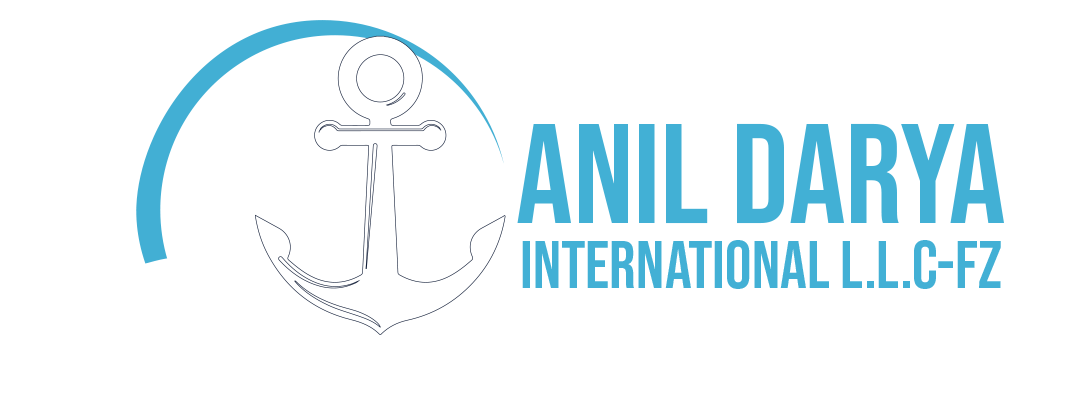
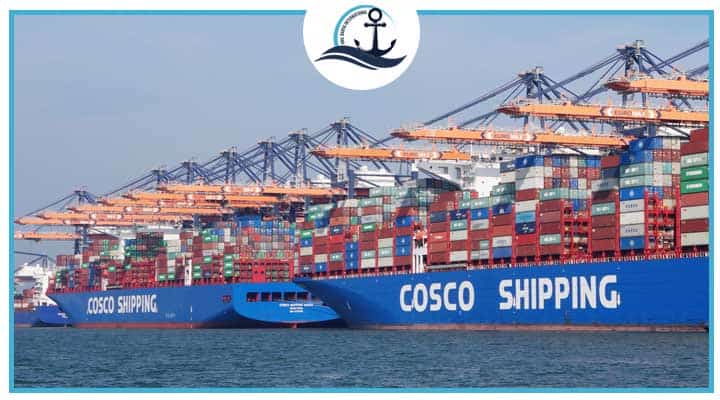
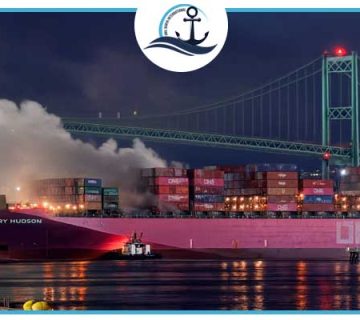
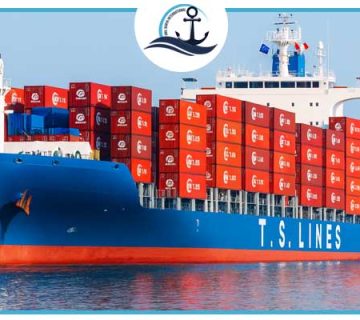
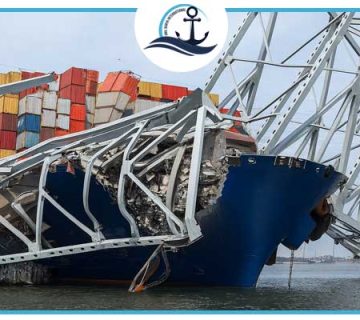
No comment